
Ryan Neil, with a bonsai that he styled at his garden, outside Portland, Oregon. Neil studied the art in Japan for six years.
In the winter of 2002, a young American named Ryan Neil joined an unusual pilgrimage: he and several others flew to Tokyo, to begin a tour of Japan’s finest collections of bonsai trees. He was nineteen, with an athlete’s body and a sunny, symmetrical face. The next-youngest adult in the group was fifty-seven. Then, as now, rearing tiny trees in ornamental pots was not commonly considered a young man’s hobby.
Neil had grown up in a small Colorado mountain town. For much of his youth, he was focussed on playing sports, especially basketball, which he approached with an almost clinical rigor: during high-school summer breaks, he’d wake up every day at five-thirty and attempt twelve hundred jump shots before going to the gym to lift weights. By his junior year, he was the best player on the team. By his senior year, he had torn one of his quadriceps—“It was hanging on by just a thread,” he recalls—and was looking for a new obsession.
Like many Americans of his generation, Neil had discovered bonsai through the “Karate Kid” films. He was especially fond of the third movie in the series, which features dreamy shots of characters rappelling down a cliff-face to collect a miniature juniper. In the films, the wise karate instructor, Mr. Miyagi, practices the art of bonsai, and in Neil’s young mind it came to represent a romantic ideal: the pursuit of perfection through calm discipline. One day, after seeing bonsai for sale at a local fair, he rode his bike to the library, checked out every book on bonsai, and lugged them all home.
Diese Geschichte stammt aus der November 21, 2022-Ausgabe von The New Yorker.
Starten Sie Ihre 7-tägige kostenlose Testversion von Magzter GOLD, um auf Tausende kuratierte Premium-Storys sowie über 8.000 Zeitschriften und Zeitungen zuzugreifen.
Bereits Abonnent ? Anmelden
Diese Geschichte stammt aus der November 21, 2022-Ausgabe von The New Yorker.
Starten Sie Ihre 7-tägige kostenlose Testversion von Magzter GOLD, um auf Tausende kuratierte Premium-Storys sowie über 8.000 Zeitschriften und Zeitungen zuzugreifen.
Bereits Abonnent? Anmelden
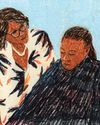
MEAN TIME
“Hard Truths.”
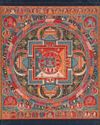
ENLIGHTEN ME
The secret beauty of mandalas.
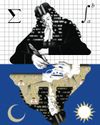
THE BEST OF THEM
His was a genius for the ages. Will Gottfried Leibniz ever get his due?
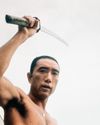
DEATH CULT
Yukio Mishima’ tortured obsessions were his making—and his unmaking.
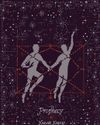
Prophecy
The night of Dev’s twenty-second birthday, he was invited to sit with the elders after dinner.

A TALE OF TWO DISTRICTS
Lauren Boebert and Colorado’s red-blue divide.

THE TIKTOK TRAIL
Andean migrants draw others to the U.S. with videos depicting themselves as living the American Dream.

LOVE AND THEFT
Did a best-selling romantasy novelist steal another writer's story?

OUR NEW TWO-FACTOR AUTHENTICATION SYSTEM
Our two-factor authentication system is expanding because text messages and e-mailed codes are becoming less secure. Also, we’re committed to making sure your log-in process is more of a hassle than it needs to be.

STILL PROCESSING
Why is the American diet so deadly?